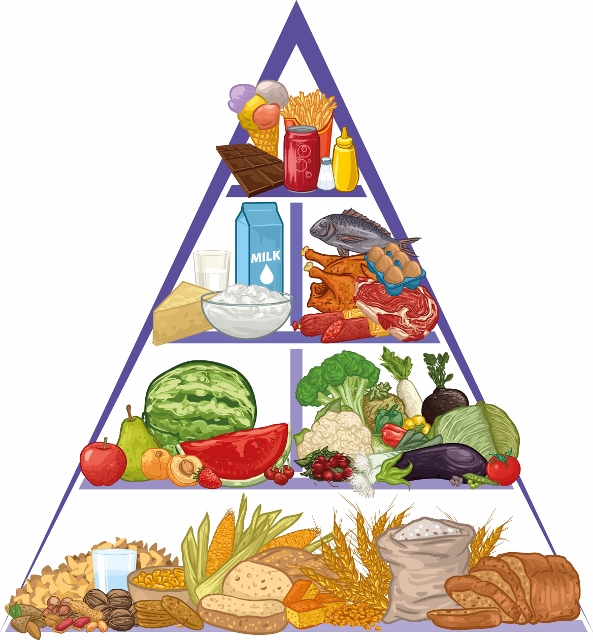Gosh, this is a rather large and somewhat controversial topic indeed. People often ask, “Should I eat wheat?”
To grain or not to grain, that is the question.
Wheat has played an extremely important role in the history of humans. Its cultivation is critical in the reason we became a civilised society and went from hunter gatherers to agriculturists.
Where did things go wrong?
I grew up on a wheat and sheep farm and I remember how high wheat plants used to get in a really good season – up to 1.3 metres. Not anymore.
1. Hybridization – the stem is much shorter now with more weight on top of the plant to increase the yield. The harvest is a lot faster as a result. This also means less chaff/straw (food and bedding traditionally used for animals).
As a result of the increased yield, (due to hybridization) there is now an abundance of wheat globally. The Western world produces enough grain to feed 11 billion people (there are less than 8 billion people on the planet)!
What happens to the excess???
2. Additives – wheat is in EVERYTHING.
- Cosmetics – shampoo, skin-care
- Supplements – next time you pick up your ascorbic acid (vitamin C) from the supermarket, beware, it’s made from wheat! (not in my clinic!)
- Medications
- Flavours and preservatives
- Cleaners
- Anti-caking agents
- Sugars such as glucose, maltodextrose, dextrose are made from wheat.
3. Processing
- Bread today is made with refined, old (often rancid) flour, instead of freshly ground wheat.
- In the past, bread took a couple of days to be made – it was a fermented product that provided your gut with beneficial bacteria. Now it goes from wheat to packet in under an hour!
- This speed of the processing also increases the gliadin (a component of gluten, which makes it rise quicker) content of bread. This might be one of the reasons people have poor reactions to eating bread.
- Pretty much all fibre is removed – and you know how I love fibre. Lots of fibre equals a good, big poo every day!
- Fortification – in the processing all the bran and germ is removed along with all the vitamins, which then need to be put back in (fortification).
- Wheat is often heavily pesticided.
4. Amount we eat
I go back to, ‘wheat is in everything.’ By some estimations it’s in over 90% of packaged foods in the supermarket!
Why is it so ubiquitous?
- It tastes good and stimulates appetite (a food manufacturer’s dream).
- It is cheap.
- It was originally promoted to prevent starvation (a real problem a couple of generations ago – difficult to believe now).
- The traditional food pyramid had grains at the top (eat less), in a perverse reversal it was placed on the bottom (eat more) with the argument ‘poor people can’t afford to eat vegetables!’
Wheat raises blood sugar more than nearly any other food. This means we are rarely feeling satisfied after eating and contributes to a host of health issues such as:
- Diabetes
- Heart disease
- Arthritis
- Growing belly fat.
How to enjoy wheat responsibly
- Instead of “Wonder White” try an organic, sour dough (I like The Woodfired Bakery breads)
- Try switching out wheat based products, such as couscous for quinoa
- If you love pasta, try to get brands made with Durum wheat – this is the old wheat grain from Italy. It seems to sit better with many people.
- Limit wheat to a few times a week – as opposed to a few times a day.
Yours in good health,
Marnie Downer


